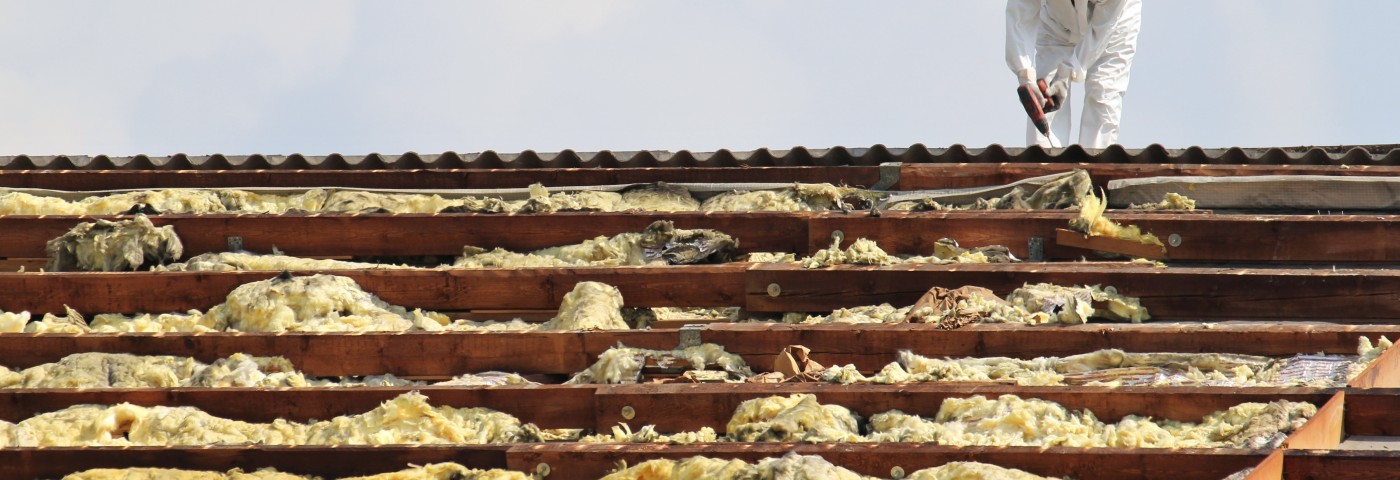Researchers at the University of Milan re-evaluated hundreds of malignant mesothelioma (MM) cases that had been deemed “asbestos exposure unknown” in light of new knowledge regarding possible sources of asbestos. The team linked previously undetected asbestos exposure to about 12 percent of the cases under analysis.
The research article, “Malignant mesotheliomas with unknown exposure to asbestos: a re-examination,” was published in the Italian journal La Medicina Del lavoro.
MM is a rare and very aggressive cancer that starts in the specialized cells that line body organs and structures, such as the chest and abdomen. MM, especially pleural MM, is caused by exposure to asbestos, a group of minerals that occur naturally as fiber bundles in soil and rocks. If inhaled, asbestos fibers can deposit in the lungs, small airways and the pleural lining, where they can cause severe damage to the pleura and lead to mesothelioma. Asbestos can also cause scar tissue in the lung (asbestosis) and lung cancer.
Although high levels of asbestos exposure is associated with work such as mining and construction, it can also occur through the breakdown asbestos once widely used to insulate buildings, like homes and schools.
The scientists re-analyzed 364 unknown-origin mesothelioma cases, diagnosed between 2000 and 2004, with the intent of finding possible sources of asbestos exposure.
Using a series of information tools, such as interviews with colleagues and family, additional evaluation by local PSAL (Prevention and Security in workplace) services, and analysis of production processes, the researchers found that 12.1 percent (44 of 364) of the mesothelioma cases could be re-classified as resulting from asbestos exposure. Moreover, 47.7 percent of the cases were recognized as “possible occupational exposure,” 15.9 percent as “certain occupational exposure,” and 36.4% as an extra-occupational exposure, such as through home, environment and leisure-time activities. Clothing production was found to be the occupational sector with the most re-classifications.
Alex Strauss, managing editor of Surviving Mesothelioma, which ran an article on the study, said in a press release, “When looking for a connection between a patient with mesothelioma and an asbestos source, it is important to keep in mind that not all asbestos exposure happens in jobs normally associated with asbestos. As this study suggests, sometimes it is necessary to dig deeper to discover asbestos in an unexpected place.”


